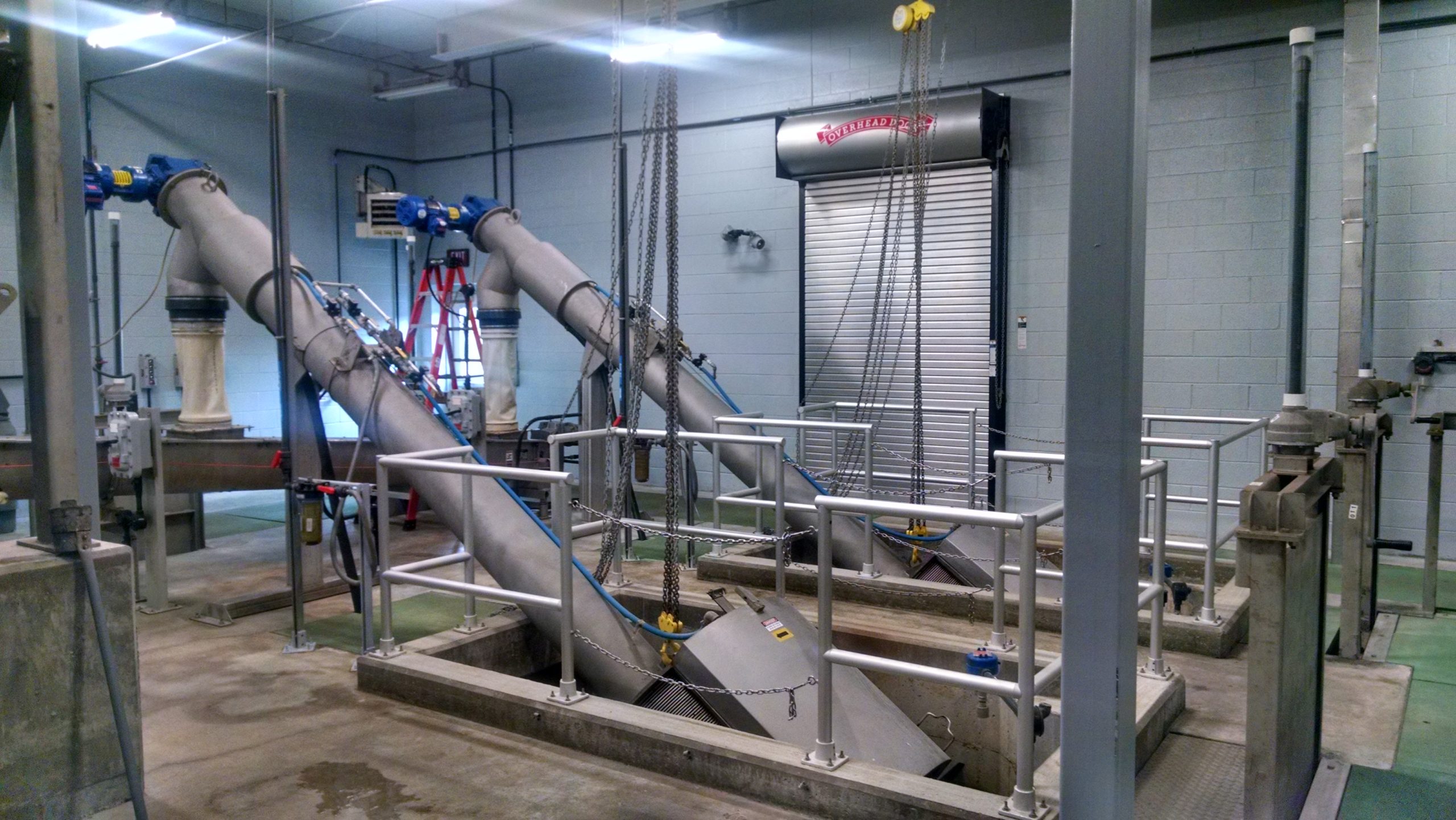Swatara Township Authority
Location
Client
Description
The primary objective of the project was to provide treatment facilities that would allow the Authority to meet its anticipated (2010) NPDES permit, which included waste discharge nutrient limits as a result of the Chesapeake Bay Tributary Strategy.
After considerable evaluation of process alternatives, ARRO, in conjunction with the Authority, selected a modified Siemens Water Technologies VertiCel© process for secondary treatment. This process is one of several advanced treatment technologies available for wastewater handling facilities.
Project components included new raw sewage pumping equipment, a new headworks building, a VertiCel© biological nutrient removal system that allows for biological removal of both phosphorus and nitrogen, a plant-wide electrical upgrade including emergency generator and SCADA system, and a multitude of other useful treatment systems that allow the plant to meet its required standards. The design also incorporated a process control system (SmartBNR™) and two operational modes for handling storm flows into the plant because peak flows were nearly three times the plant’s rated capacity. ARRO’s plant design included the use of existing tankage modified for the new process. This significantly reduced project costs as construction of new structures was avoided.
ARRO provided bidding phase services, construction management and resident project representative services for the $23.2 million project through completion. It is now expected that the plant will meet all environmental requirements and will have better safeguards against extreme weather events (i.e. flooding).

